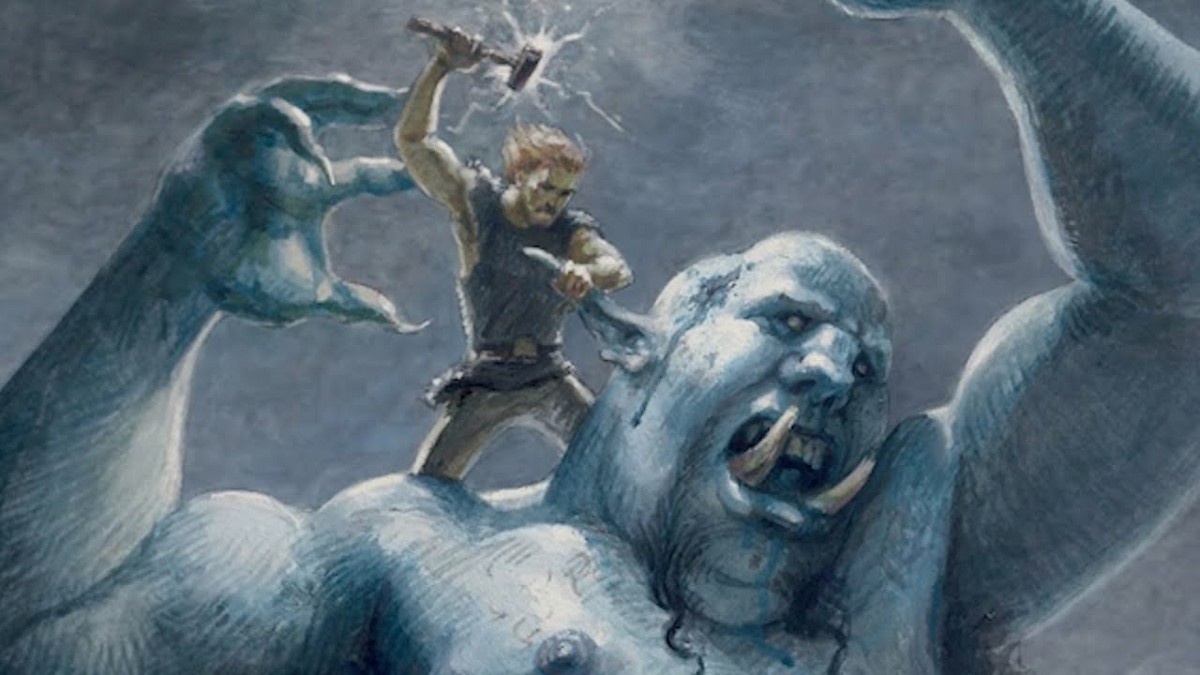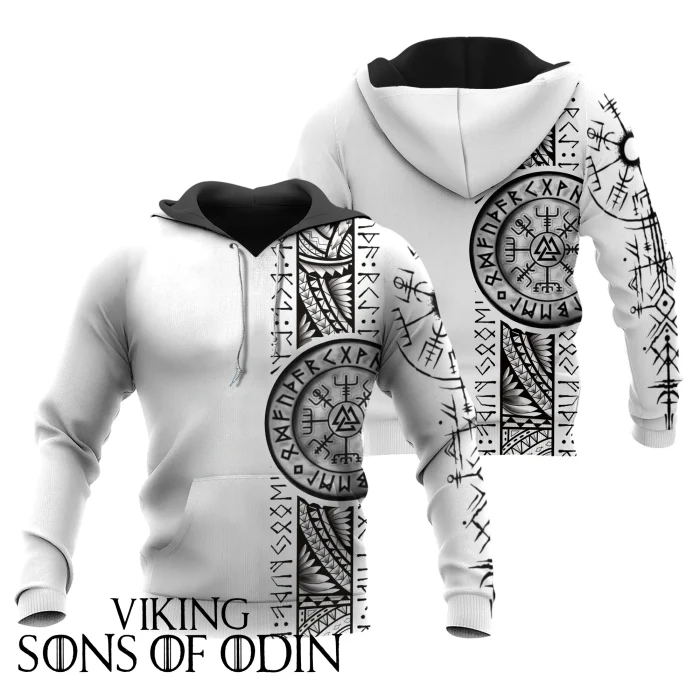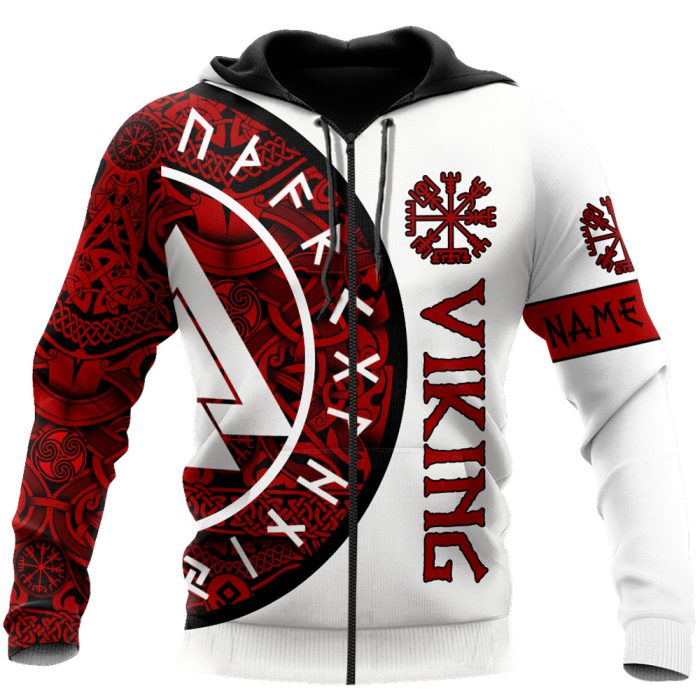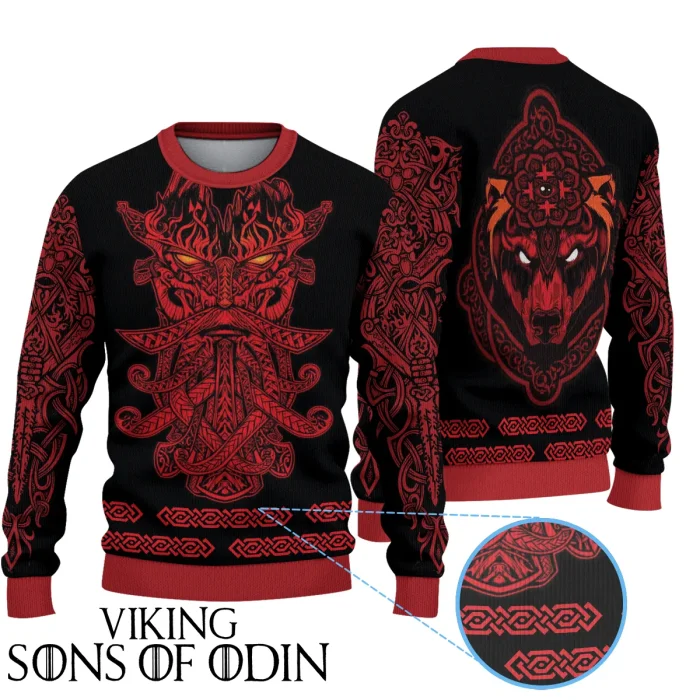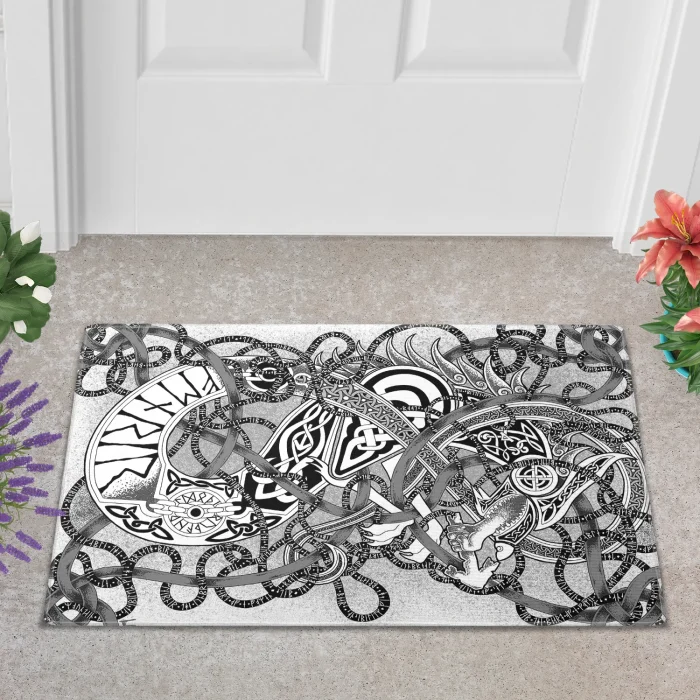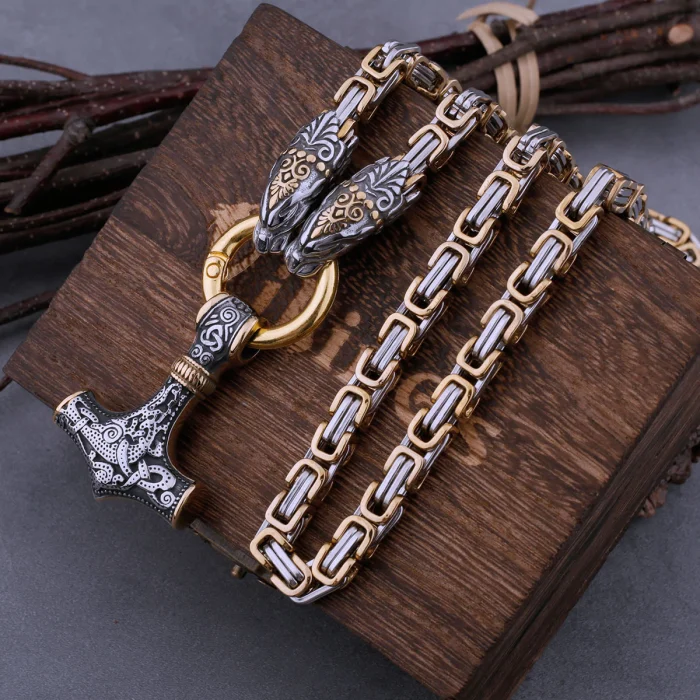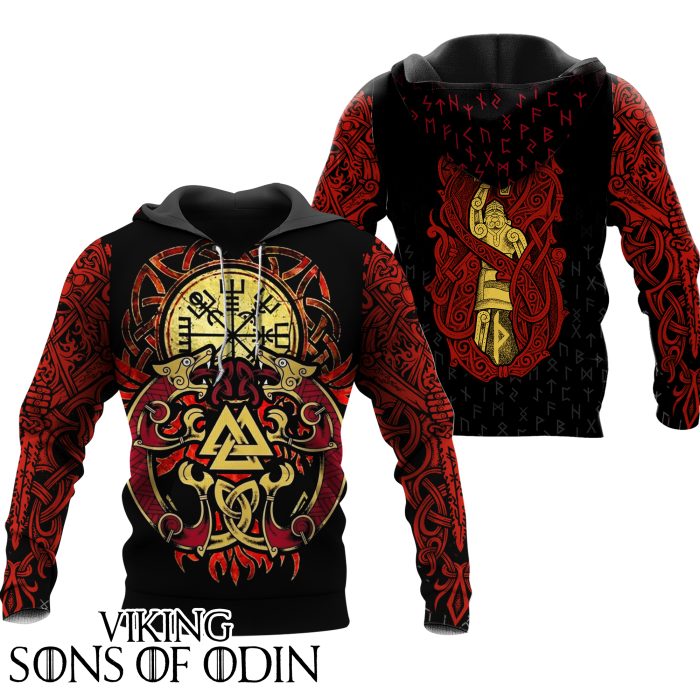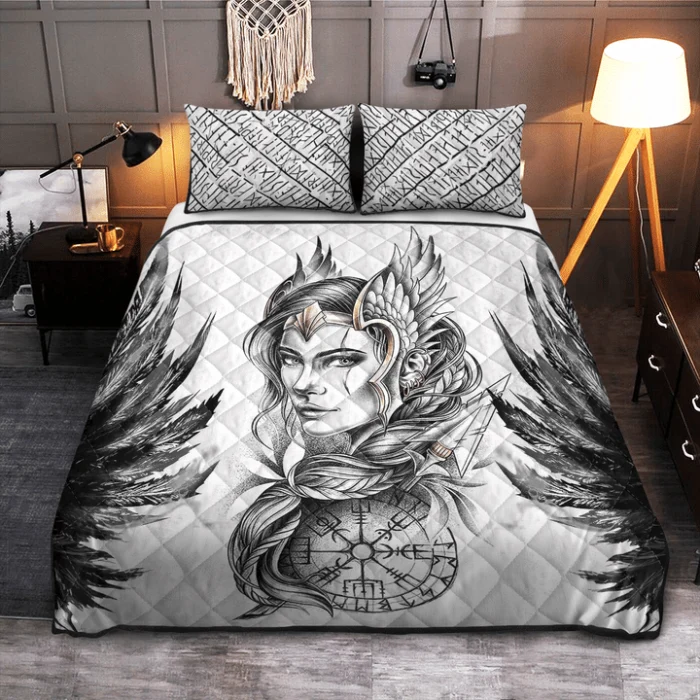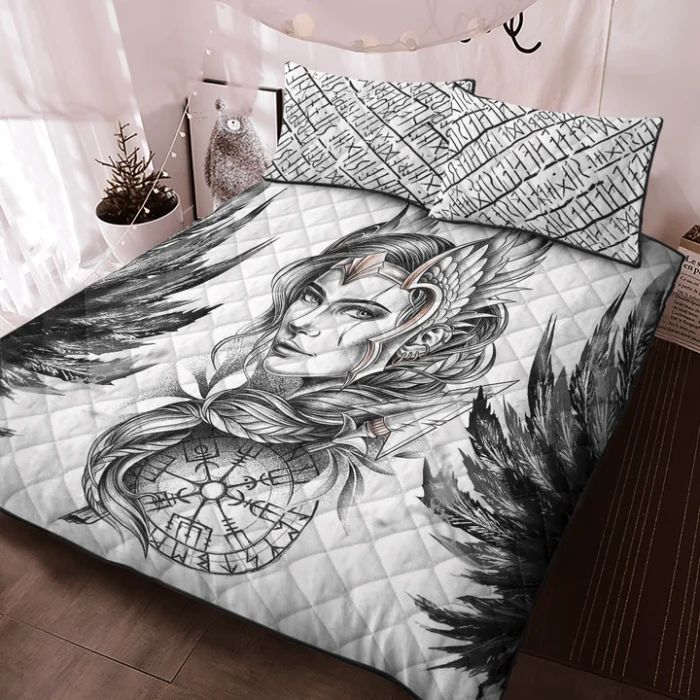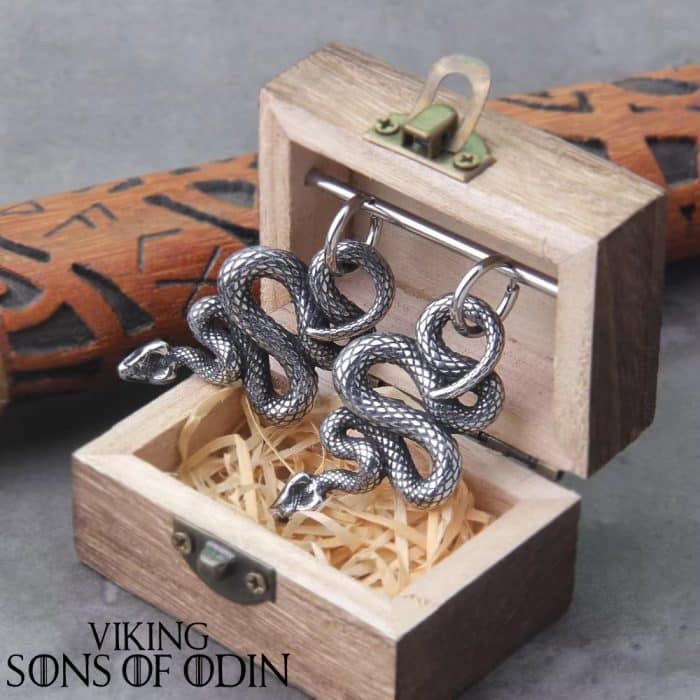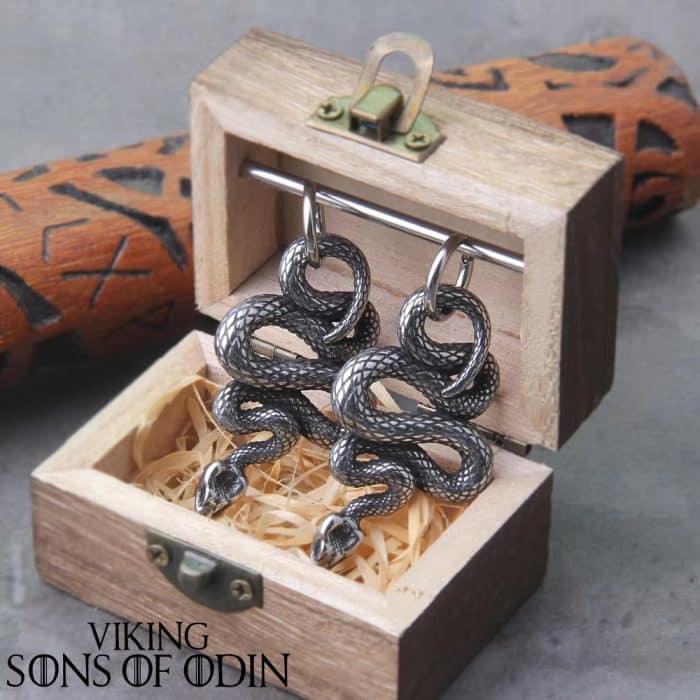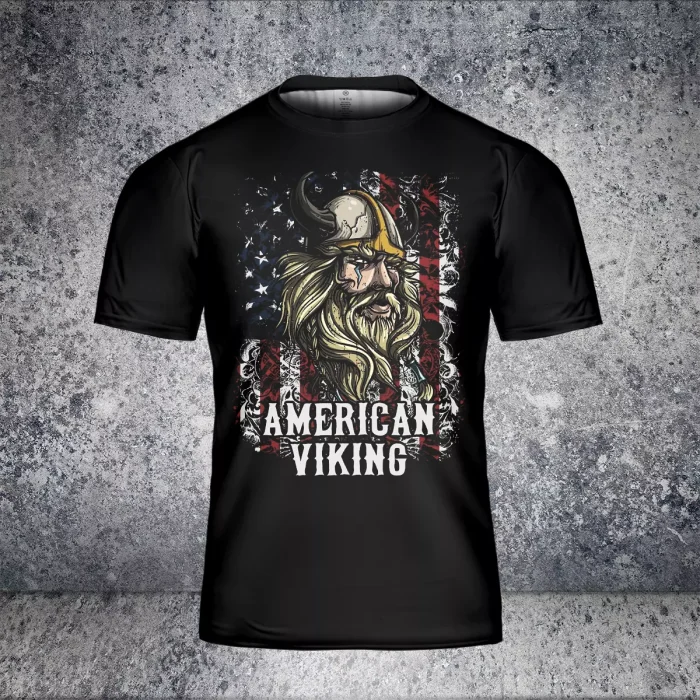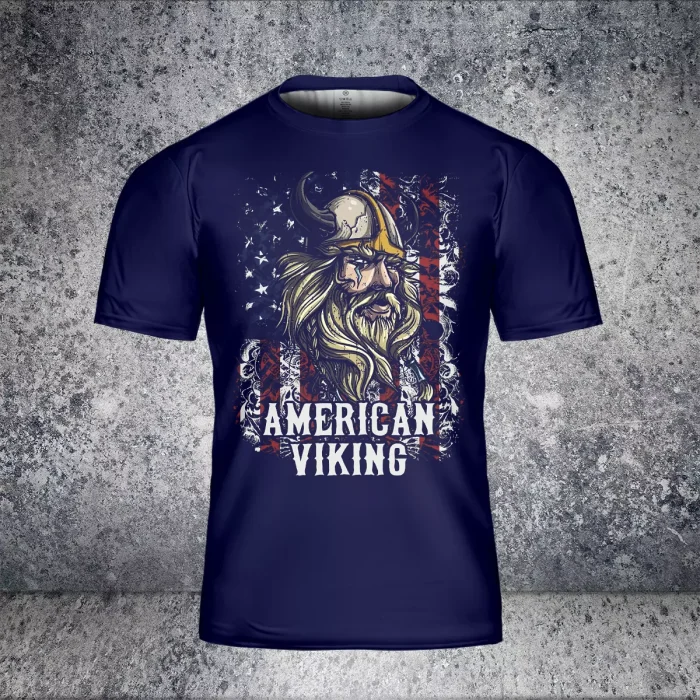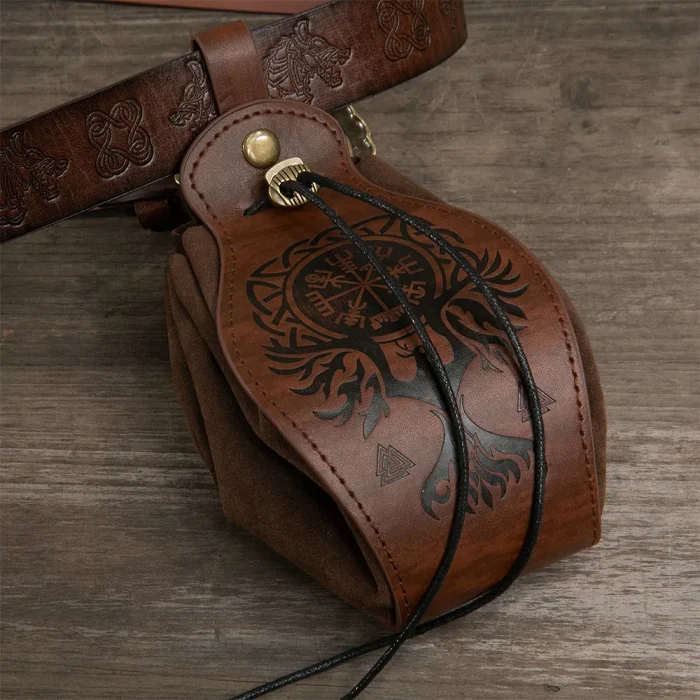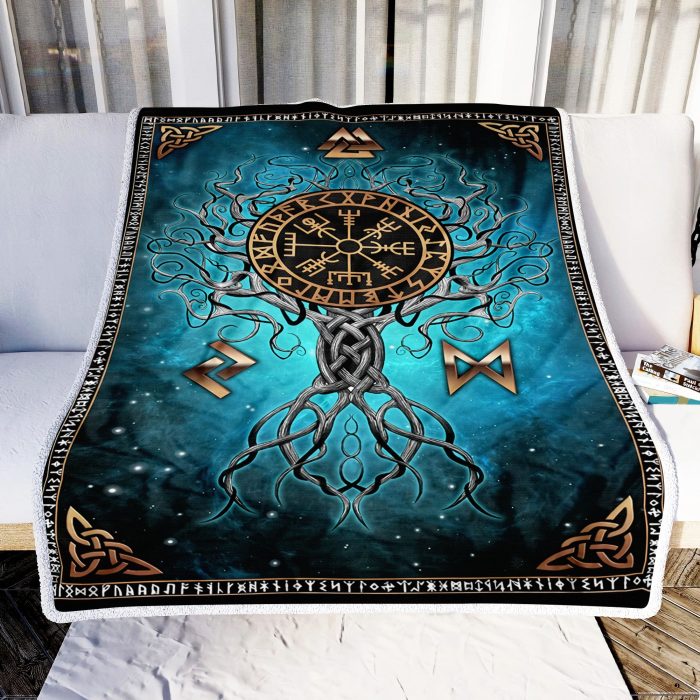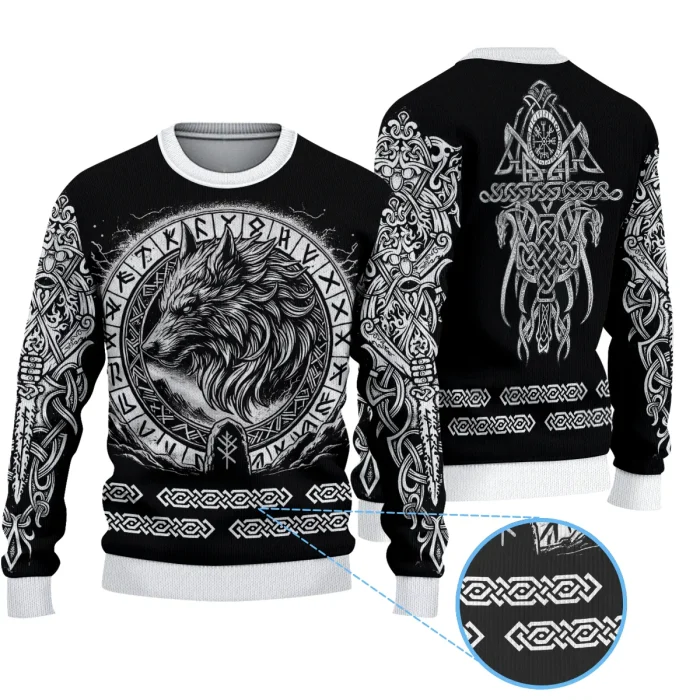Viking
Discover the Norse Legend of Loki
If you are one person intrigued by mythology, then brace yourself for yet another one: Norse mythology. Some sources refer to Loki as the son of Laufey and Farbauti and brother to Helblindi and Byleistr.
Other sources say Loki is the father of Hel, the world serpent Jormungandr and the wolf Fenrir. By Sigyn his wife, Loki is the father of Nari and Narfi. Other sources refer to Loki as the mother that gives birth in a mare form to Sleipnir, an eight-legged horse.
There are different sources and stories with different myths about Loki. Learn more about them in this article below.
Etymology of Loki
The origin of the name, Loki, is extensively debated and has been associated with a number of sources. Some say it has German roots given the Scandinavia variants of the same name.
They include Faroese Lokki, Norwegian Loke and Lokke, Swedish Luku and Luki and the Finnish Lukki. All these are related with the German root, “luk”, that mean things to do with Hooks, Knots, Locks, and Close-off rooms.
Given this connection, it also believed that Loki was the causer of tangles, knots, loops or he himself was a tangle, knot, loop. He is the inventor of the fishnet that also consists of knots and loops.
In the same vein, it is said that the word, “loki“, means makers of cobwebs like spiders. This is believed to be the origin of the name Loki, a tangler.
Snaptun Stone
In the early 50s a semi-circular flat stone was discovered on a beach in Snaptun, Denmark. The stone was featuring a mustachioed face, scarred lips, and it was made of soapstone that originated in Sweden or Norway.
This stone is known as a hearth stone that has a hole in front where bellow nozzles would be put and the air produced would push flame through the top hole.
Bellows are devices that are built to furnish a powerful blast of air. Some people have described this hearth stone as the “most beautiful hearth stone known”.
Block "odin" not found
Gosforth Cross and Kirkby Stephen Stone
At St. Stephen’s Church found in Cumbria, England, there is a 10th-century cross that features a bound figure with beards and horns. It is said this feature depicts a bound Loki.
This stone was discovered in 1870 and consists of yellowish-white sandstone, which now sits at Kirkby Stephen church. In the Mid-11th century, Gosforth Cross that features a depiction of a female with long hair kneeling person holding something above another horizontal bound figure.
Binding
Some scholars like John Lindow highlight the repeated pattern of the bound monster seen in Norse mythology as particularly associated to Loki. Loki together with his three children were bound in some way and were meant to break free at Ragnarok to cause havoc on the world.
Lindow suggests a borrowed idea from the Caucasus region traditions that talks about a myth similar to the “Christian bound Antichrist awaiting last judgment”. Other myths attribute Loki binding to a punishment from the gods for killing Baldur.
Loki and the Gods
In Norse mythology, Loki is looked at as a cunning trickster that was able to change his shape. Though it is said Farbauti was his father, he was known to be among a tribe of gods called Aesir.
He is denoted as a companion of great gods Thor and Odin, helping them with his smart plans. However, he is depicted to have caused difficulty and embarrassment to the gods and himself.
He is sometimes portrayed as an enemy to the gods where he entered their banquet uninvited and demanded their drink. He is said to have caused the death of the god, Baldur, which caused him to be bound together with his sons.
Conclusion
The story about Loki’s origin is a debatable one with a number of myths suggesting different origins, like German. If you like mythology consider looking at other articles on this site.

